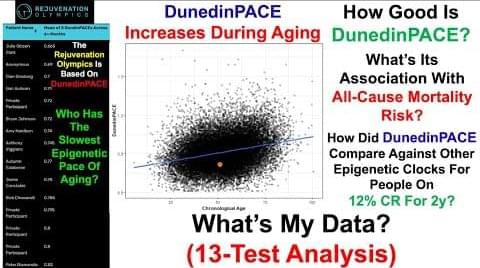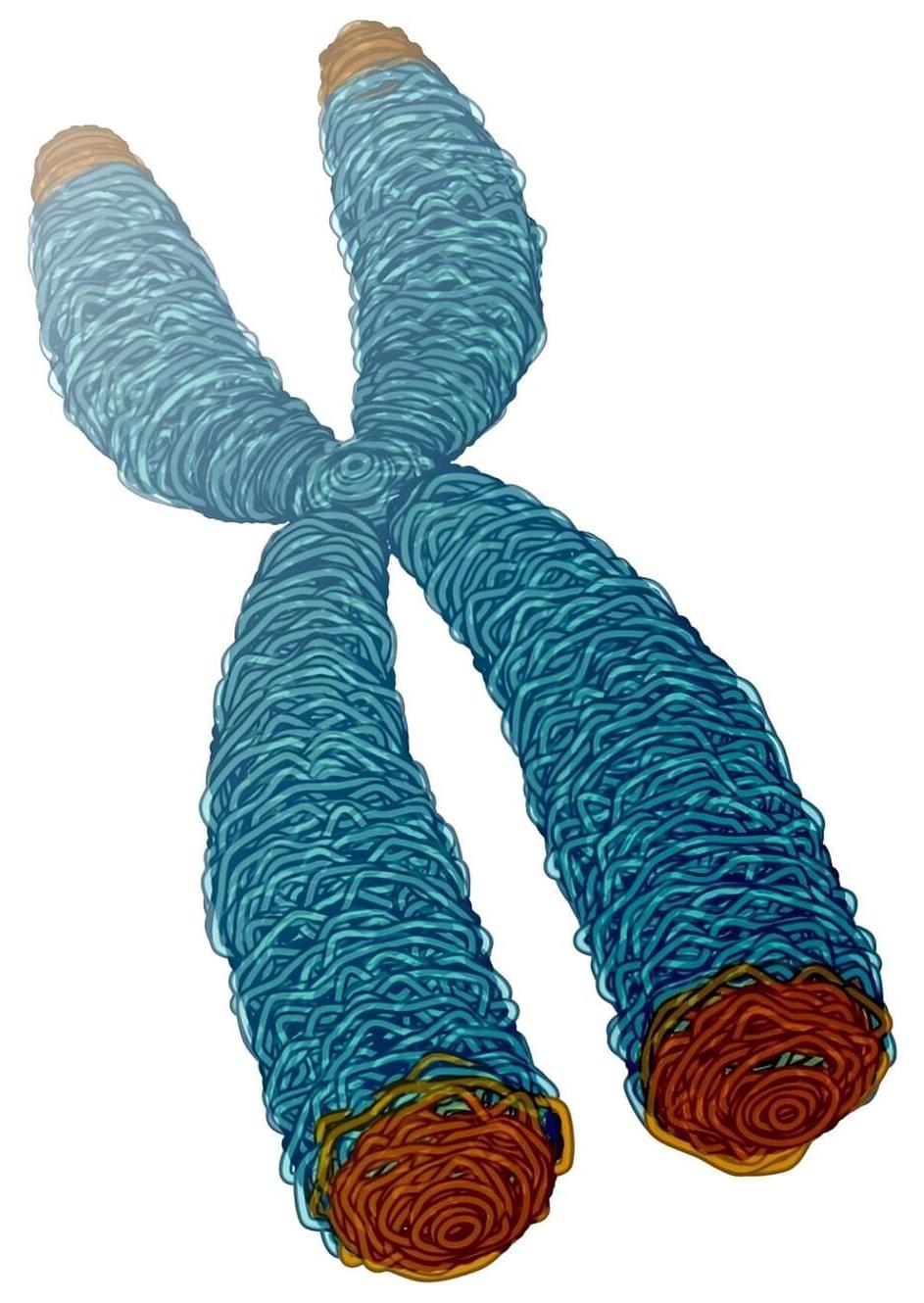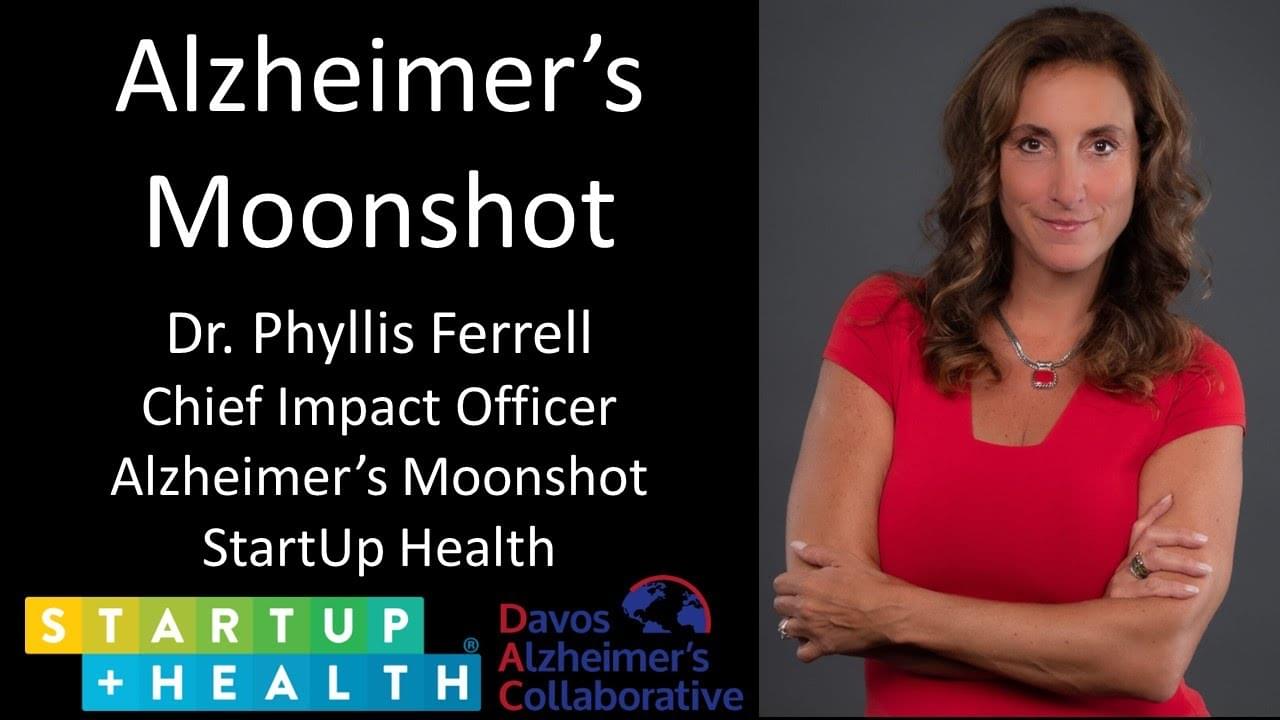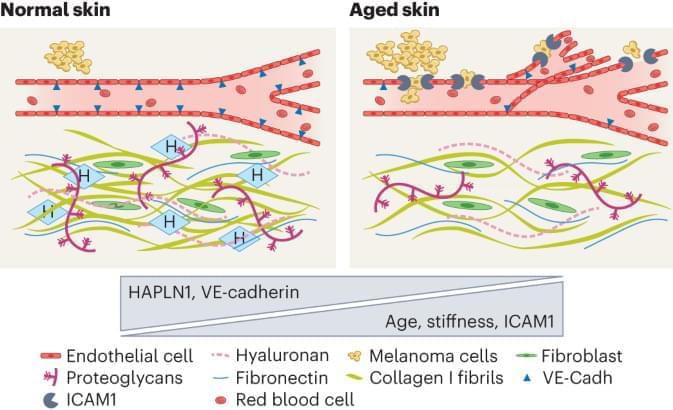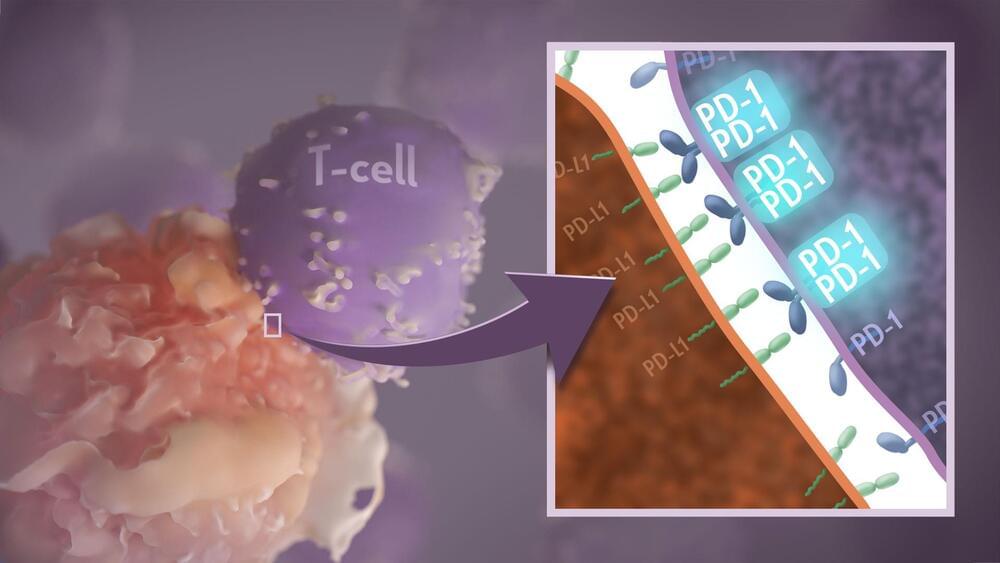A landmark new study confirms that growing a human being in nine months takes a toll—and multiple pregnancies can have a cumulative effect.
Category: life extension – Page 58
Join us on Patreon! https://www.patreon.com/MichaelLustgartenPhDDiscount Links: Epigenetic Testing: https://trudiagnostic.com/?irclickid=U-s3Ii2r7xyIU-LSYLyQ…
Scientists have tested a novel method of providing cells with healthy mitochondria to fight Parkinson’s disease [1].
Parkinson’s disease is the second-most prevalent neurodegenerative disorder, and it affects 10 million people worldwide. The disease is age-related, as its prevalence rises rapidly in people older than 65, although some people are diagnosed much earlier. Parkinson’s disease is characterized by both motor and mental problems: tremor, rigidity (stiffness), and slowness of movement along with memory and thinking deficits.
Parkinson’s disease is caused by the loss of dopamine-producing (dopaminergic) neurons in a brain region called the substantia nigra. Therapeutic options are limited, and some of the existing ones cause nasty side effects.
We depend on our cells being able to divide and multiply, whether it’s to replace sunburnt skin or replenish our blood supply and recover from injury. Chromosomes, which carry all of our genetic instructions, must be copied in a complete way during cell division. Telomeres, which cap the ends of chromosomes, play a critical role in this cell-renewal process—with a direct bearing on health and disease.
Researchers from Washington University School of Medicine suggest accelerated biological aging may be driving early-onset cancer rates in young people.
Is Chief Impact Officer for StartUp Health’s Alzheimer’s Moonshot (https://www.startuphealth.com/alzheimers), a new global initiative created to develop a collaborative innovation community alongside leading companies, research teams, and stakeholders, with a mission to accelerate progress in prevention, diagnosis, and management of Alzheimer’s disease and related dementias. With support from the Alzheimer’s Drug Discovery Foundation (ADDF) and Gates Ventures, StartUp Health is looking to break down silos and foster meaningful collaboration between mission-aligned founders, funders, and partners.
Dr. Ferrell also serves as Strategic Advisor, Davos Alzheimer’s Collaborative (https://www.davosalzheimerscollaborat…) which is building a global clinical trial network and technology platform that will link trial sites around the world.
Prior to these roles, Dr. Ferrell served almost three decades at multiple roles at Eli Lilly including as Global Head External Engagement, Alzheimer’s and Neurodegeneration, Chief Commercial Services Officer, and Vice President, Global Alzheimer’s Disease Platform Team Leader in Lilly BioMedicines, where her team were responsible for the late-stage development, global registration and launch of 4 late-stage assets including Solanezumab, Amyvid and AZD3293.
Dr. Ferrell received a DrPH, Public Health from Indiana University Richard M. Fairbanks School of Public Health, an MBA in General Management and a certificate in Public Management from the Stanford University Graduate School of Business, and a Bachelor of Arts degree in economics and management from DePauw University.
The extracellular matrix is an essential component of the tumor microenvironment and affects cancer progression. Weeraratna and colleagues have now uncovered that age-related reductions in the level of hyaluronan and proteoglycan link protein 1 (HAPLN1) stimulate neoangiogenesis and compromise the vascular integrity of intratumoral blood vessels. These biological modifications converge to fuel distant melanoma metastasis.
🚶♂️🧠💪
In a recent study published in the journal Scientific Reports, researchers explored how changes in daily step counts and variability affect cognitive function in older adults during a 10-week physical activity intervention.
Study: Association between changes in habitual stepping activity and cognition in older adults. Image Credit: SibRapid / Shutterstock.
Background
First of all, they have to have survived the impact. Laboratory tests have shown that frozen specimens of the Hypsibius dujardini species travelling at 3,000 km/h in a vacuum were fatally damaged when they smashed into sand. However, they survived impacts of 2,600 km/h or less – and their “hard landing” on the Moon, unwanted or not, was far slower.
The Moon’s surface is not protected from solar particles and cosmic rays, particularly gamma rays, but here too, the tardigrades would be able to resist. In fact, Robert Wimmer-Schweingruber, professor at the University of Kiel in Germany, and his team have shown that the doses of gamma rays hitting the lunar surface were permanent but low compared with the doses mentioned above – 10 years’ exposure to Lunar gamma rays would correspond to a total dose of around 1 Gy.
But then there’s the question of “life” on the Moon. The tardigrades would have to withstand a lack of water as well as temperatures ranging from −170 to −190°C during the lunar night and 100 to 120°C during the day. A lunar day or night lasts a long time, just under 15 Earth days. The probe itself wasn’t designed to withstand such extremes and even if it hadn’t crashed, it would have ceased all activity after just a few Earth days.
Your immune system should ideally recognize and attack infectious invaders and cancerous cells. But the system requires safety mechanisms, or brakes, to keep it from damaging healthy cells. To do this, T cells—the immune system’s most powerful attackers—rely on immune “checkpoints” to turn immune activation down when they receive the right signal. While these interactions have been well studied, a research team supported in part by NIH has made an unexpected discovery into how a key immune checkpoint works, with potentially important implications for therapies designed to boost or dampen immune activity to treat cancer and autoimmune diseases.1
The checkpoint in question is a protein called programmed cell death-1 (PD-1). Here’s how it works: PD-1 is a receptor on the surface of T cells, where it latches onto certain proteins, known as PD-L1 and PD-L2, on the surface of other cells in the body. When this interaction occurs, a signal is sent to the T cells that stops them from attacking these other cells.
Cancer cells often take advantage of this braking system, producing copious amounts of PD-L1 on their surface, allowing them to hide from T cells. An effective class of immunotherapy drugs used to treat many cancers works by blocking the interaction between PD-1 and PD-L1, to effectively release the brakes on the immune system to allow the T cells to unleash an assault on cancer cells. Researchers have also developed potential treatments for autoimmune diseases that take the opposite tact: stimulating PD-1 interaction to keep T cells inactive. These PD-1 “agonists” have shown promise in clinical trials as treatments for certain autoimmune diseases.

